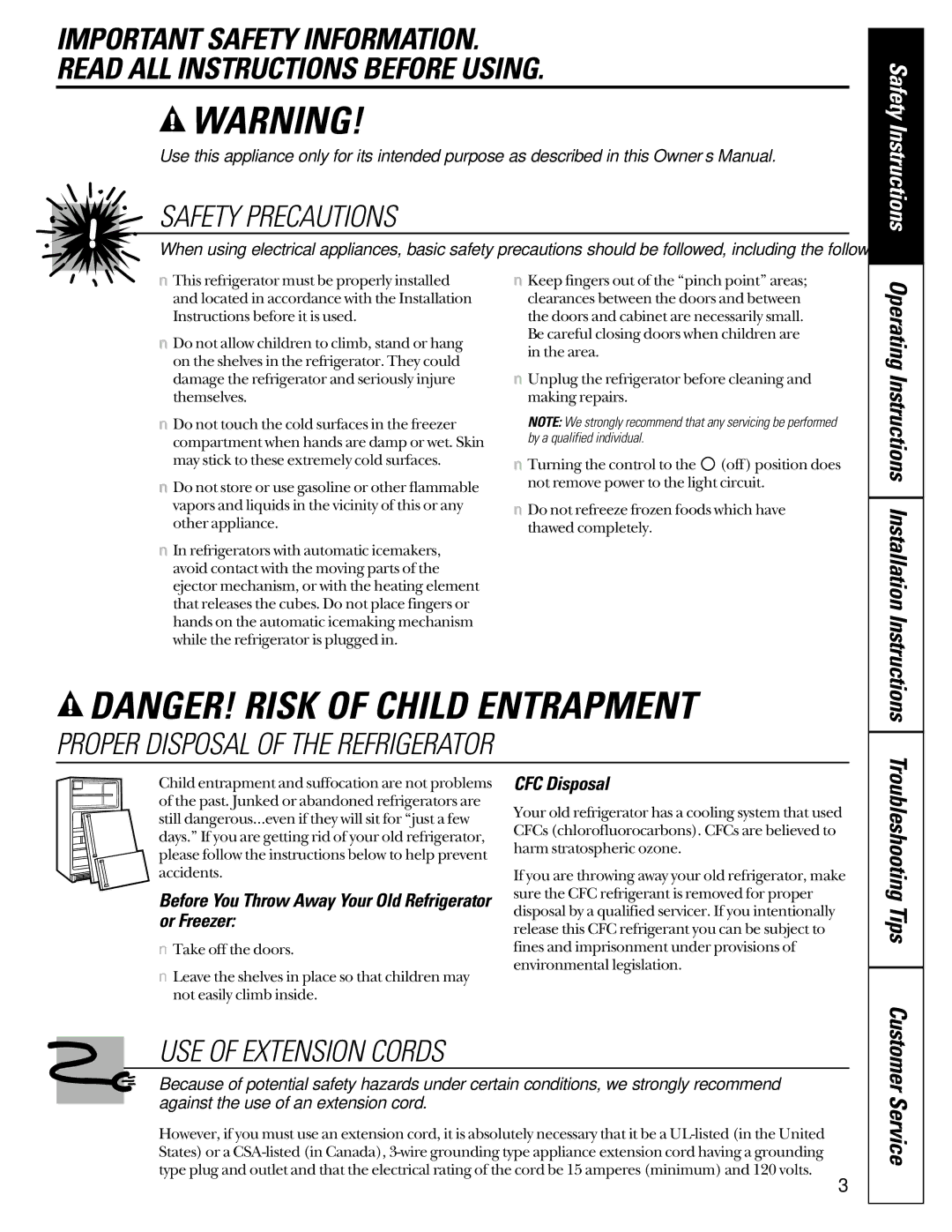20-27 specifications
The GE 20-27 is a groundbreaking innovation in the realm of gas turbine technology, designed to meet the increasing energy demands with unparalleled efficiency and sustainability. This turbine model exemplifies the commitment of General Electric to deliver power solutions that not only drive economic growth but also align with environmental stewardship.One of the main features of the GE 20-27 is its high efficiency in power generation. The turbine operates within a combined-cycle power plant environment, integrating both gas and steam turbines to maximize energy output from the same fuel input. This method significantly raises the overall efficiency, often exceeding 60%, which is a benchmark in modern power generation.
Technologically, the GE 20-27 employs advanced materials and components that enhance its durability and performance. The turbine blades are made from high-strength alloys and ceramic matrix composites, designed to withstand extreme temperatures and stresses. This focus on materials science not only improves the longevity of the turbine but also enhances its performance, allowing it to operate under a wide range of conditions.
The turbine incorporates cutting-edge aerodynamic design principles to increase airflow and optimize combustion efficiency. With its innovative combustion system, the GE 20-27 achieves lower emissions, contributing to cleaner power production. This aspect is particularly vital in a world increasingly concerned with climate change and pollution. The reduced nitrogen oxides (NOx) and carbon emissions make the GE 20-27 a viable option for utilities looking to enhance their environmental profile.
Additionally, the GE 20-27 features advanced digital capabilities through GE's Digital Wind Farm initiatives. This integration allows operators to monitor performance in real-time, utilizing data analytics to predict maintenance needs and optimize operational efficiency. The predictive maintenance capability transforms the way operators manage power generation, leading to reduced downtime and increased reliability.
Another characteristic worth noting is the flexibility of the GE 20-27 to run on various fuels, including natural gas and renewable sources. This versatility allows operators to adapt to changing market conditions and regulatory environments without significant investments in new infrastructure.
In conclusion, the GE 20-27 turbine model showcases a harmonious blend of efficiency, technology, and environmental responsibility. Through advanced design and materials, coupled with digital innovation, it stands as a hallmark of modern energy solutions, capable of addressing both the present and future needs of the global energy landscape.

